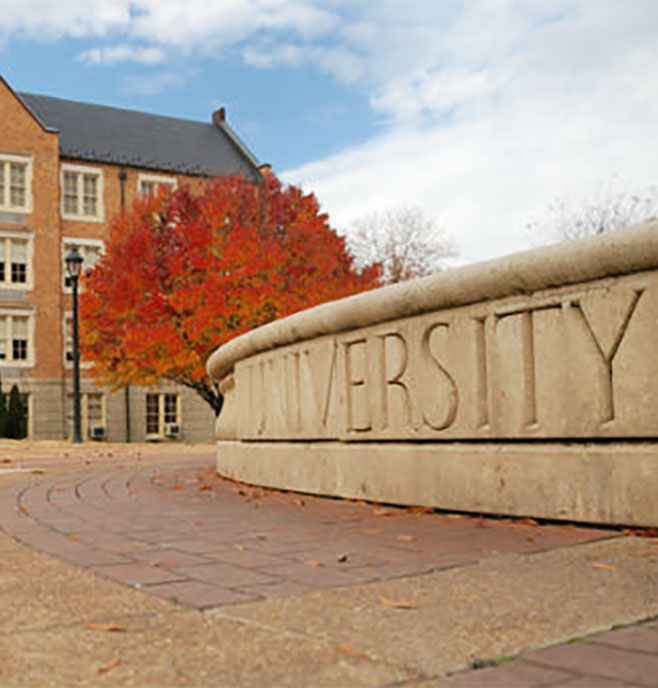Systems typically comprise 500+ access control doors and 200+ CCTV cameras across multiple sites, and are usually covered by a 4-hour 365-day call-out service contract.
In a bid to reduce cross-contamination some Trusts are turning to facial recognition systems as a means of access control. No physical contact is required and the technology is now robust enough to provide a credible alternative to proximity card systems. Most Trusts do still however use proximity cards as they can double up as an ID card, and they are inexpensive.


Due to the transitory nature of the student population and the large numbers involved (usually tens of thousands), proximity cards provide the optimal solution. They can be pre-prepared before the student arrives on campus, and can be managed centrally or locally at each university site.
Security industry accreditation and a recognised quality standard are the minimum requirements necessary to become an approved supplier. A track record of delivering high quality system design and equipment, and the ability to work collaboratively with architects, builders and the client is essential.
Ensuring public resources are invested in the most efficient manner is a priority, based on clear value for money advice, and industry best practice provides the framework for a consistently high-quality solution across all departments.


